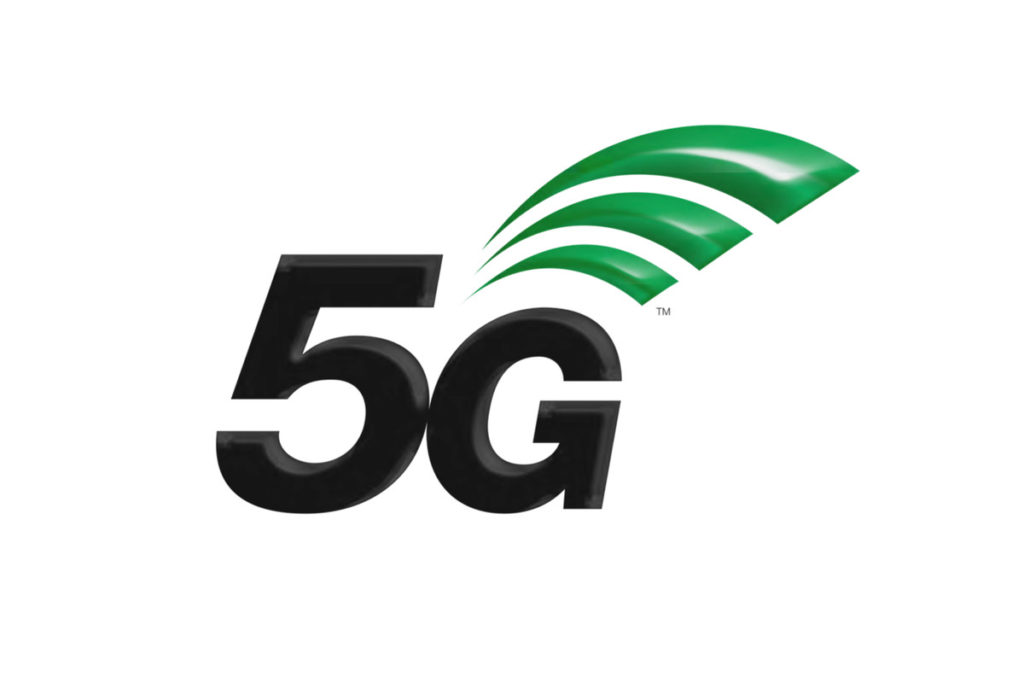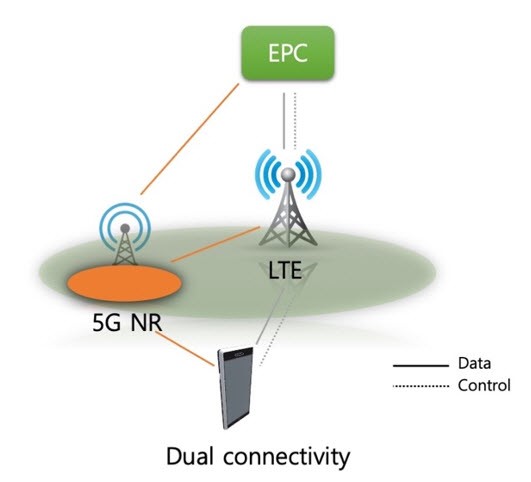5G commercial deployments are about to commence within 2019, and Mobile Operators are already in the process of evaluating their network readiness to implement the first 5G use cases. 5G network readiness concentrates on the provision of high data rates and enhanced network qualities such as low latency and high reliability.
Supporting the full range of 5G services requires extensive network upgrades in the Radio Access Network (RAN), the Core and the Transport segment. However, the support of higher speeds is crucial for the development of the Enhanced Mobile Broadband (eMMB) communications, an area where the telecom industry is targeting for the first 5G applications.
5G networks are expected to rely heavily on fiber infrastructure. However, 5G small cells, network densification and the need for rapid deployment, will also lead to alternative solutions in order to support fast-track time-to-market 5G services.
Wireless backhaul technology can give the extra competitive edge to the Operators for 5G massive deployment, especially when it comes down to last-mile 5G connectivity.
5G Regulation and Spectrum assignment
Regulation and effective spectrum management are expected to play a significant role in shaping future 5G network development.
Standards Developing Organizations (SDOs) such as the 3rd Generation Partnership Project (3GPP), the International Telecommunications Union’s (ITU) and the European Telecommunications Standards Institute (ETSI) have been working for years providing standards and recommendations on spectrum administration and management. These standardization bodies have members that come from all areas of the telecom sector, ranging from vendors and operators to national regulators and academic researchers.
National Regulatory Authorities (NRAs) also play an essential role in this equation. They are responsible for adapting these global standardization policies and applying them successfully at the local level to serve their local market needs.
5G Spectrum allocation
There are various ways to assign spectrum usage to Mobile Operators. A common practice is through specific block allocation per operator, especially in the Radio Access Network (RAN). Block allocation in the RAN area is usually achieved at a fixed cost and via public e-auctions. The same is expected for 5G NR in 3.5 and 26/28 GHz frequency bands, based on the corresponding 3GPP recommendations.
In the wireless backhaul area, Operators usually pay annual operating fees for specific channel assignment. Pay per annum for operational costs is extensively used in the traditional microwave frequency bands from 6–42 GHz. This type of spectrum allocation requires tight coordination and spectrum management by the regulatory authorities. On the other hand, it provides the reassurance of an interference-free operation for all Operators.
Operation in unlicensed spectrum areas, like the 60 GHz V-band or specific blocks of Sub6 frequencies, is also an alternative way of licensing that is gaining a lot of ground in the telecom industry. Operators may deploy at will with no need for regulation or specific channel assignment. In this case, however, Operators need to share the spectrum with no coordination, with any implications that may be caused due to possible interference issues.
The Regulatory Authorities may also adopt a light-licensing model for specific spectrum areas, especially in the recently established millimeter-wave areas. In a light-licensing scheme, the operators may use this spectrum at a significantly lower cost or with a small fee of a simple declaration to deploy that is usually sufficient to grant the spectrum.
5G Spectrum Charging
Moving into the 5G area, Regulators need to adopt more effective and flexible spectrum management and charging scheme. Especially in the wireless backhaul region, most of the NRAs still charge the same fees for spectrum as they did five and ten years ago.
At the time of 3G service development, 50 up to 100Mbps capacity was sufficient to support a single 3G Node B. Thus, a radio link in the traditional frequency bands with 56MHz channel bandwidth and 500Mbps capacity was able to backhaul up to five 3G Node Bs. When operators moved to 4G rollout, the same channel bandwidth was adequate to backhaul one eNode B and maybe even this was not enough in the case of LTE Advanced services.
When operators moved to 4G rollout, the same channel bandwidth was adequate to backhaul one eNode B and maybe even this was not enough in the case of LTE Advanced services.
5G Spectrum Incentives
5G deployment and market penetration are largely dependent on the required expansions of existing 4G networks. Infrastructure development and fast time-to-market are critical factors for a successful 5G technology use case.
Standardization bodies, National Regulators, Vendors, and MNOs should, therefore, work together to make the investment on 5G infrastructure meaningful and worthwhile.
Reduced TCO and attractive Return on Investment (ROI) is the primary target of all Operators. But what are the incentives regarding spectrum management and allocation that will enable the industry to evolve and give the extra boost on 5G technology?
Spectrum-efficiency techniques: In the last several years a lot of new wireless hardware with advanced techniques have been developed that provide efficient spectrum management, such as Adaptive Modulation (AM), Cross-Polar Interference Cancellation (XPIC), Multiple-In-Multiple-Out (MIMO) and Channel Aggregation (CA) to name a few. Regulatory authorities need to provide cost reductions to give incentives to the Operators to use these techniques and save on spectrum usage and possible interference issues.
Cost per link: For 5G network demands, the needed capacities will be in the range of 1 up to 10Gbps per gNode B. To support these high data rates, the channel bandwidth will have to increase accordingly. If charging remains at similar levels and in multiples of existing rates, the cost per link will grow exponentially. Reduction of cost per link is essential to support 5G deployment.
Migration to Millimeter-wave: In the millimeter-wave region large amounts of spectrum is available compared to the traditional frequency bands. This spectrum can serve the high capacities needed to support the new 5G super-fast services. Furthermore, millimeter-wave above 42 GHz is a new region with low current footprint. National Regulators will, therefore, have to apply flexible and light charging schemes to give incentives for millimeter-wave deployment.
Antenna technology: NRAs should provide incentives for higher category (according to FCC) and higher Class (according to ETSI) directional antenna usage. Microwave antennas with more strict radiation patterns and narrower beam-widths may provide increased spectrum efficiency and decreased levels of interference, thus allowing frequency reuse and more efficient spectrum sharing to mobile operators.
New frequency bands: The telecom industry should actively support the evolution and migration to new frequency bands (e.g., W and D-band). SDOs should make clear recommendations on spectrum allocation and regulators should be able to quickly adopt these recommendations on the local level for new commercial products to become generally available and support the 5G capacity demands.
Enhancing the 5G potential
5G is now on the verge of initial deployments, and the 5G business case is highly dependent on the ease of implementation and fast time-to-market.
Regulators should, therefore, promote flexible spectrum use and efficient spectrum management by supporting the millimeter-wave migration, applying unlicensed or light-licensing schemes, and embracing advanced spectrum efficient techniques.
Only by providing the right incentives, the Telecom Industry will be able to expand the 5G vision, evolve the 5G ecosystem and transform the lives of millions.









